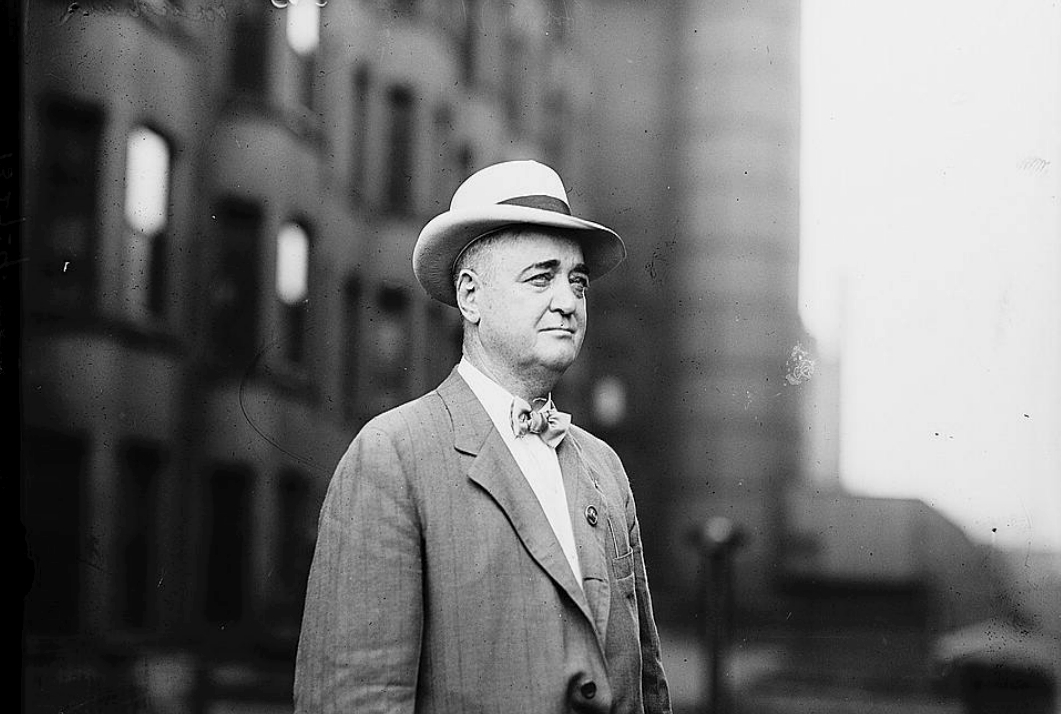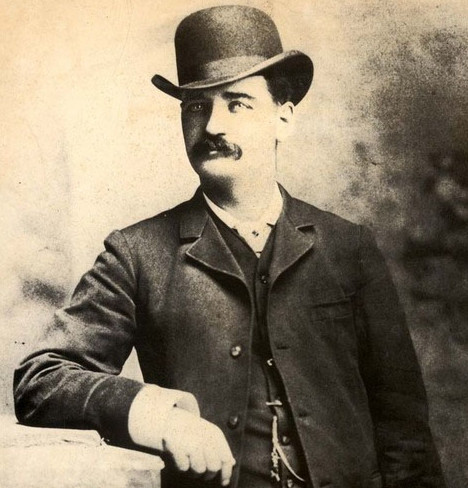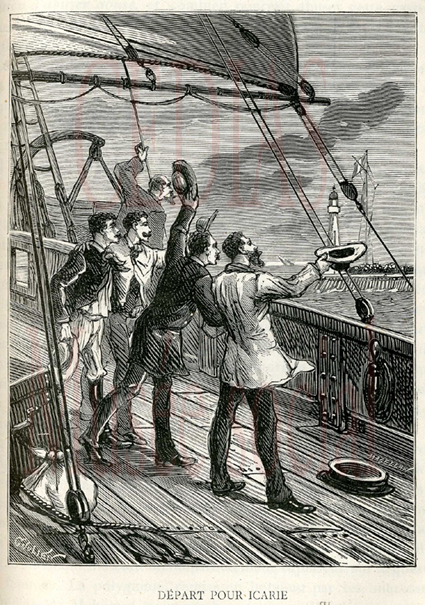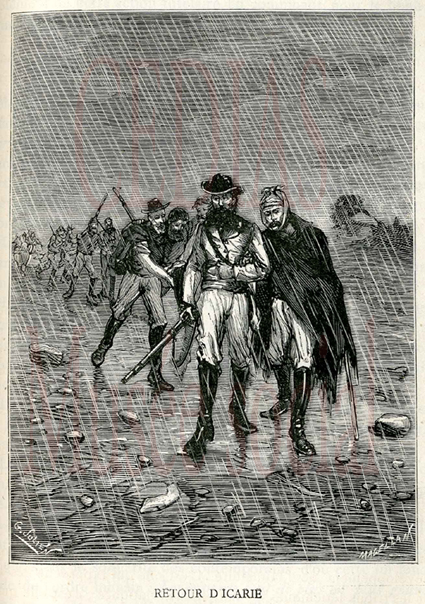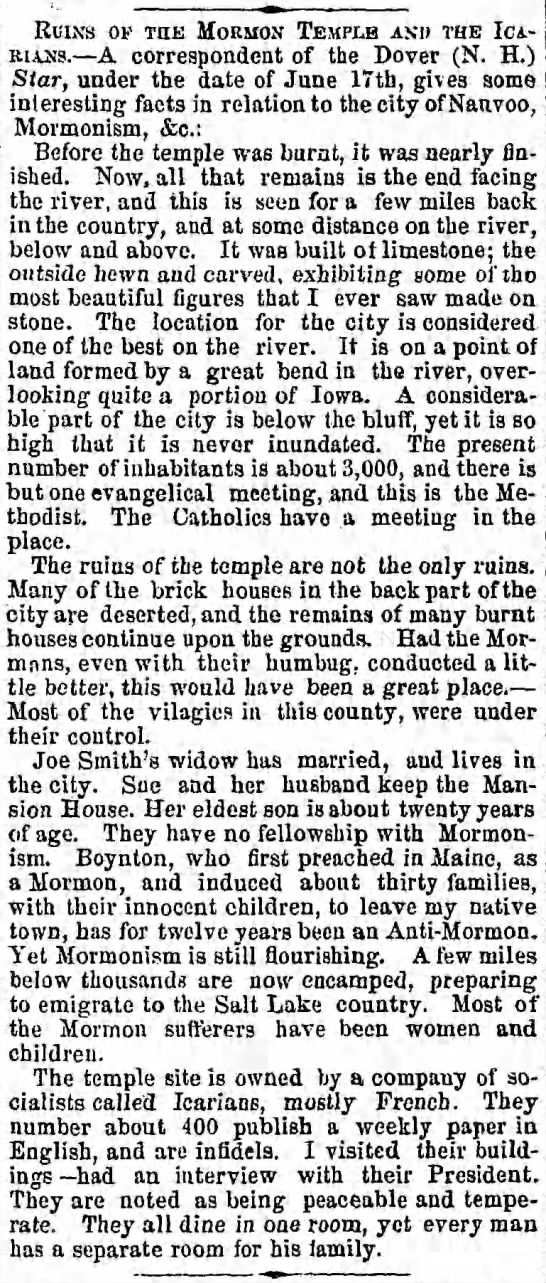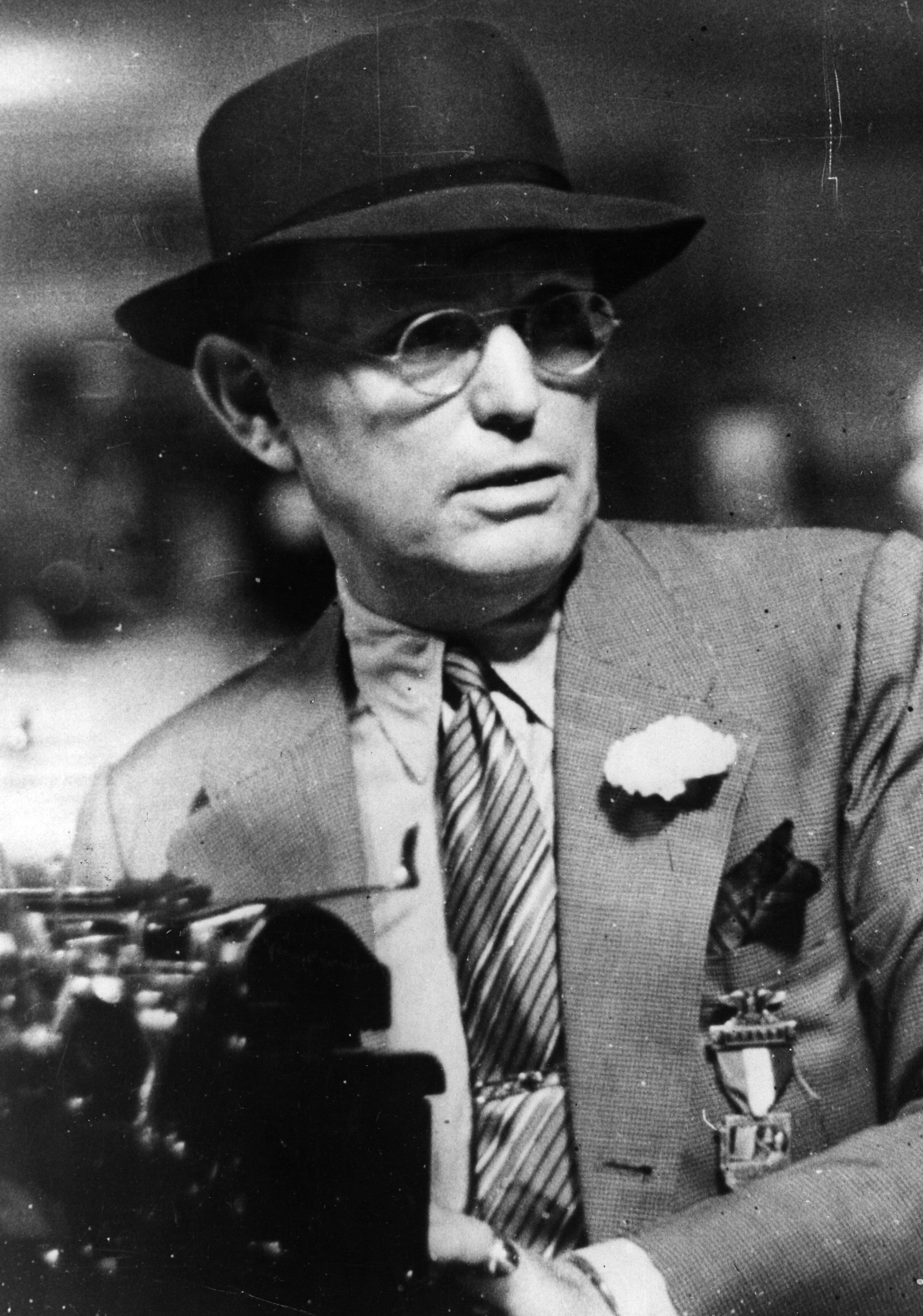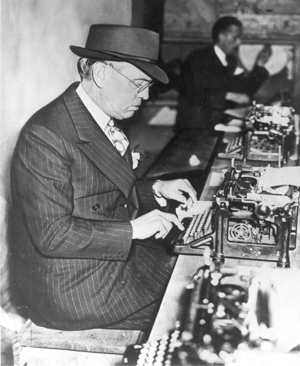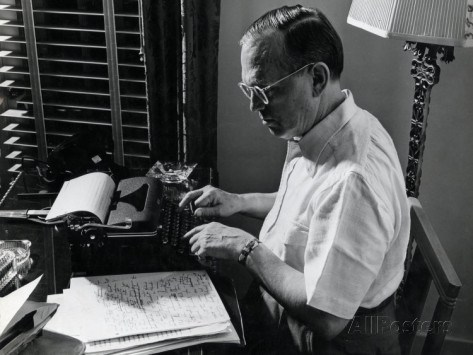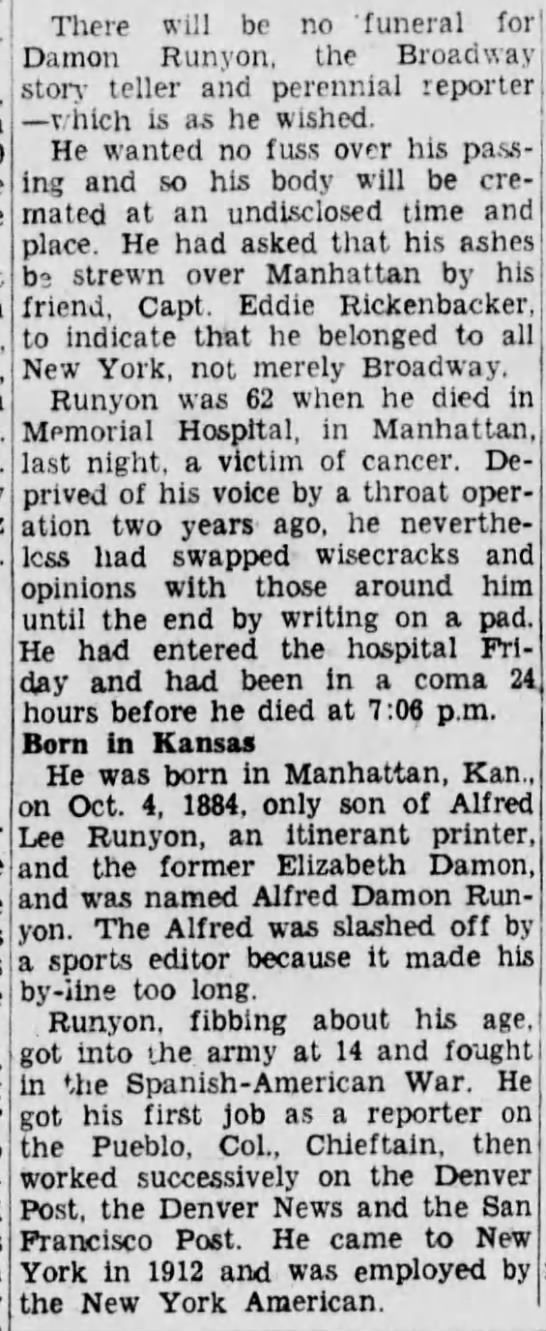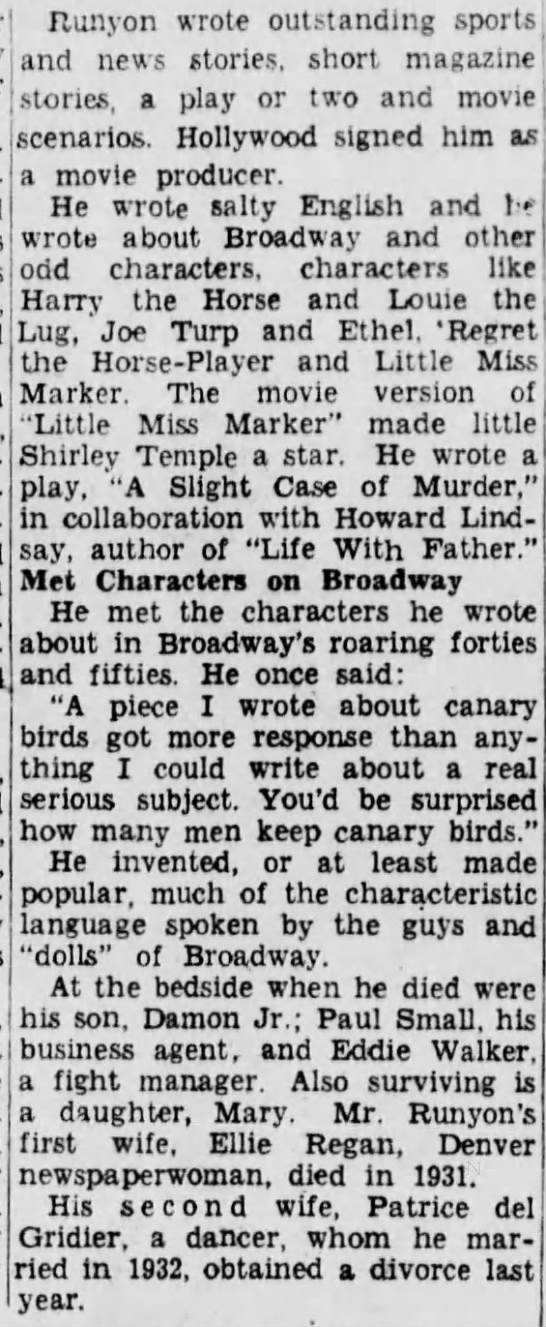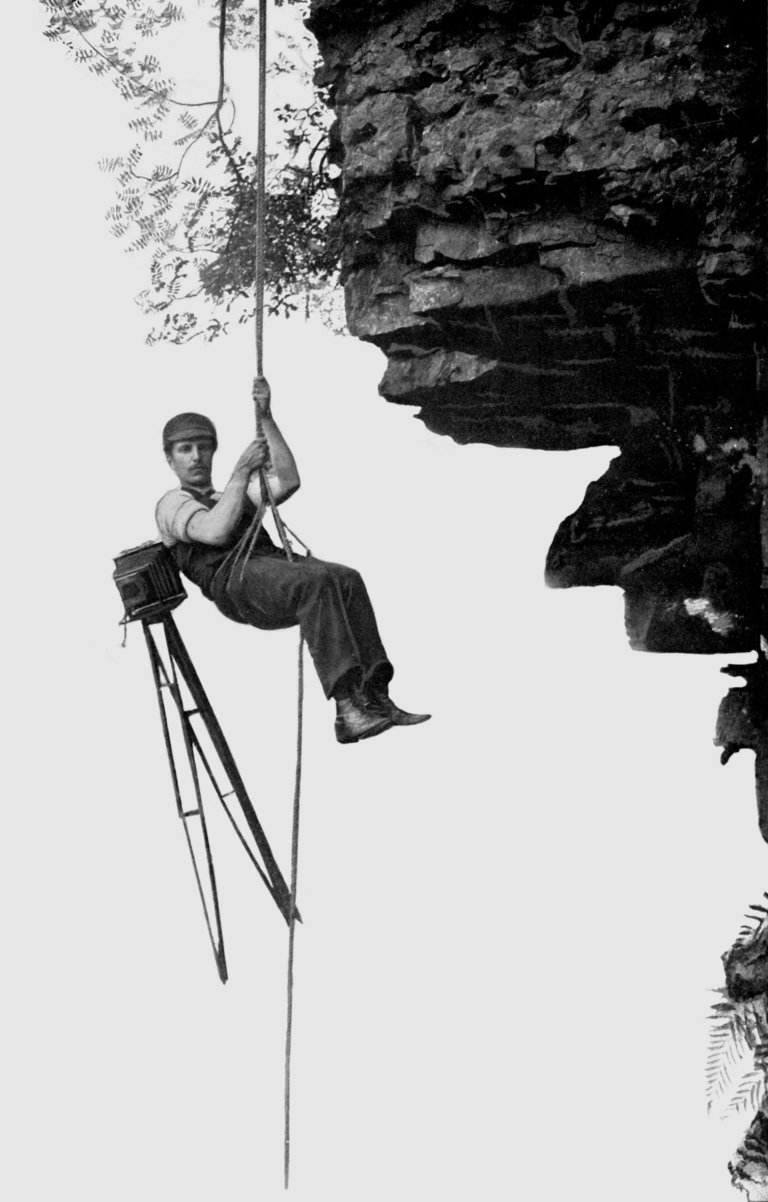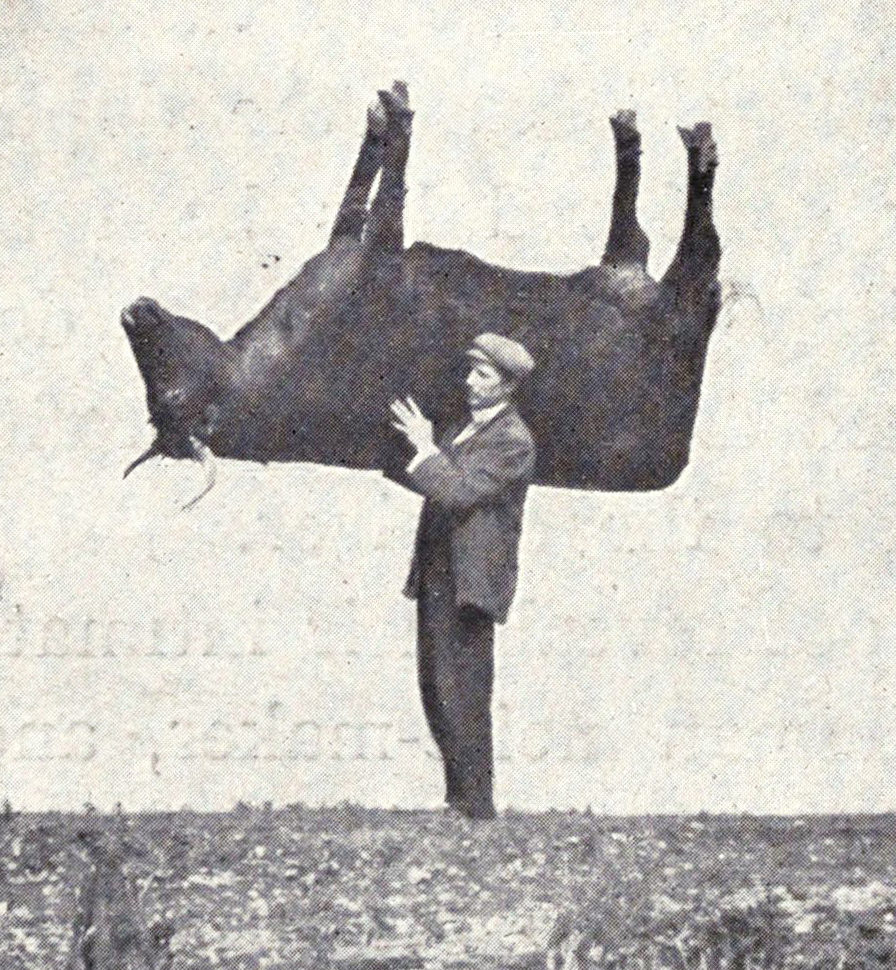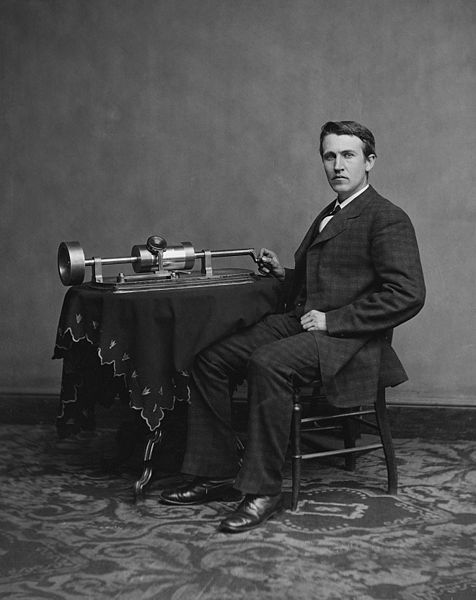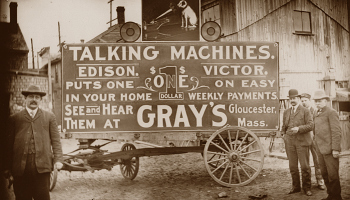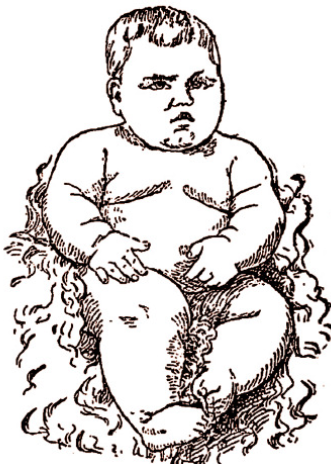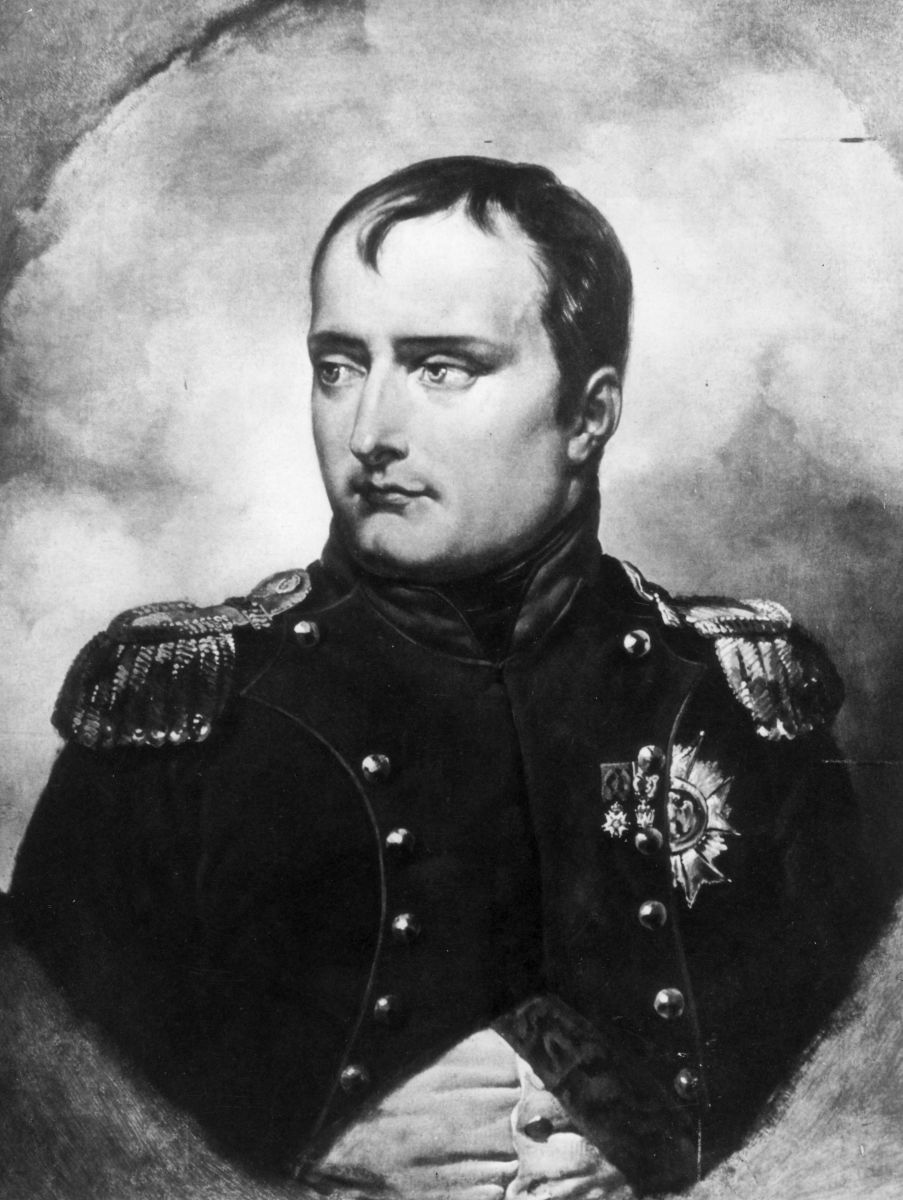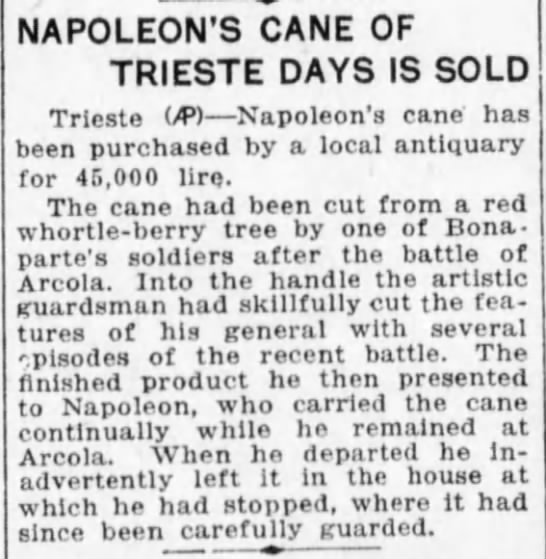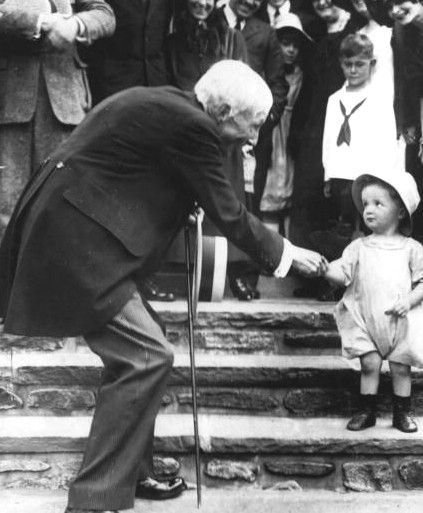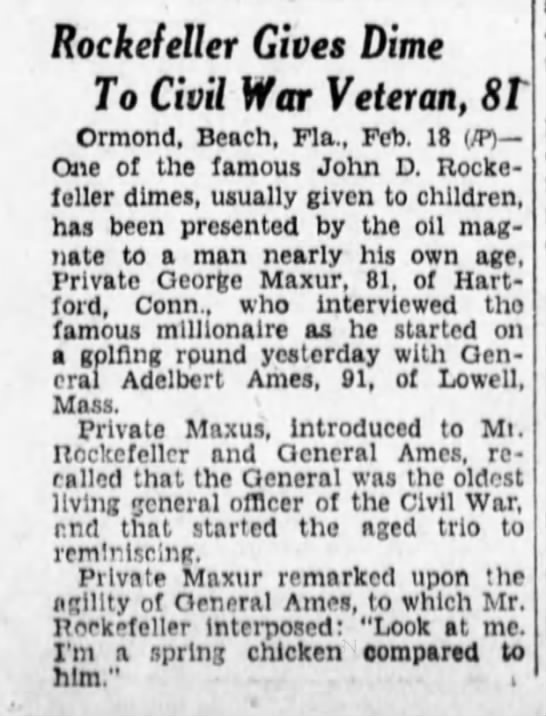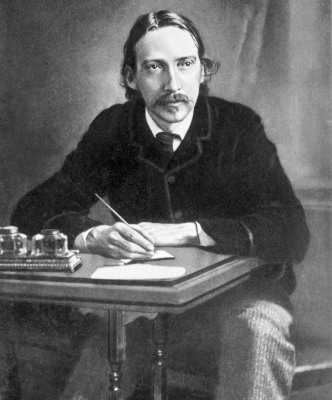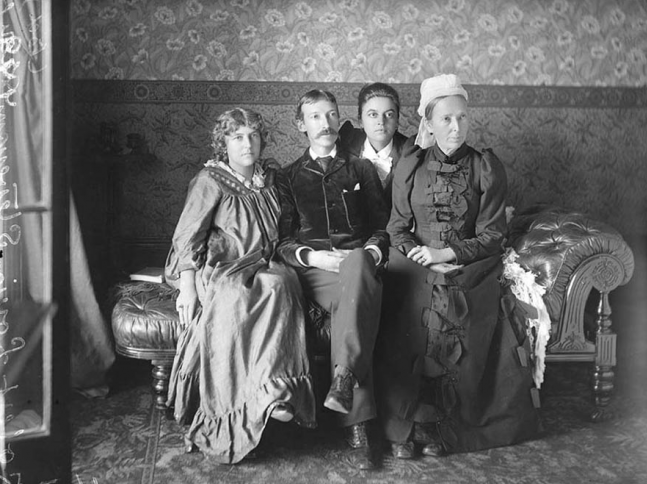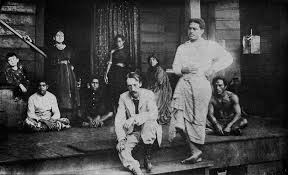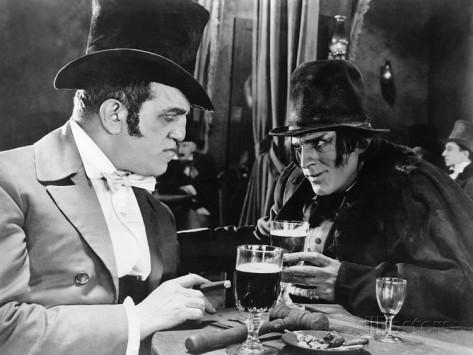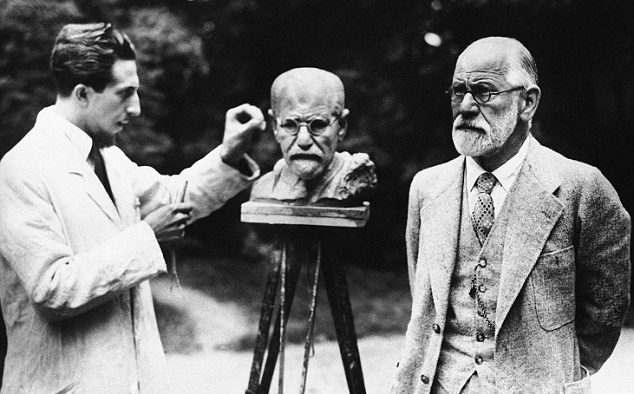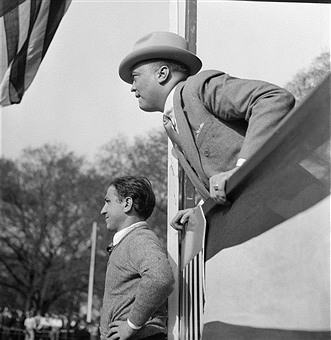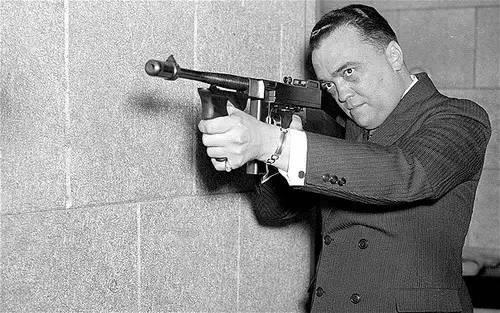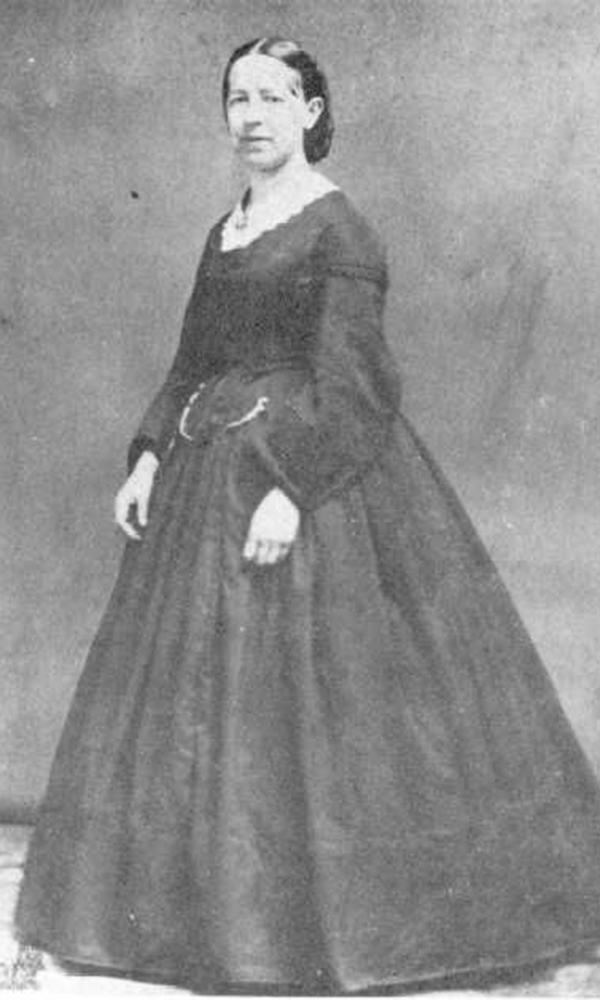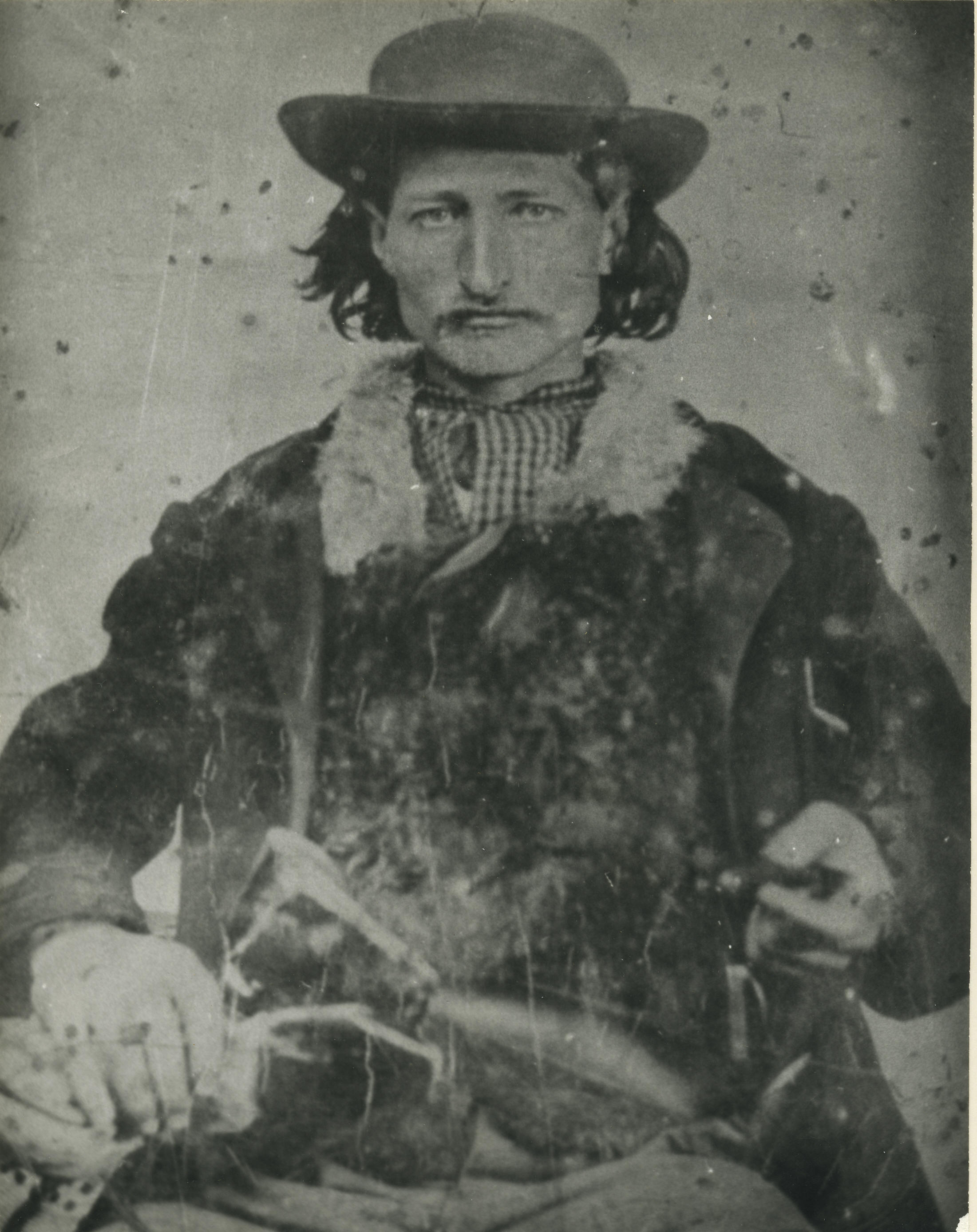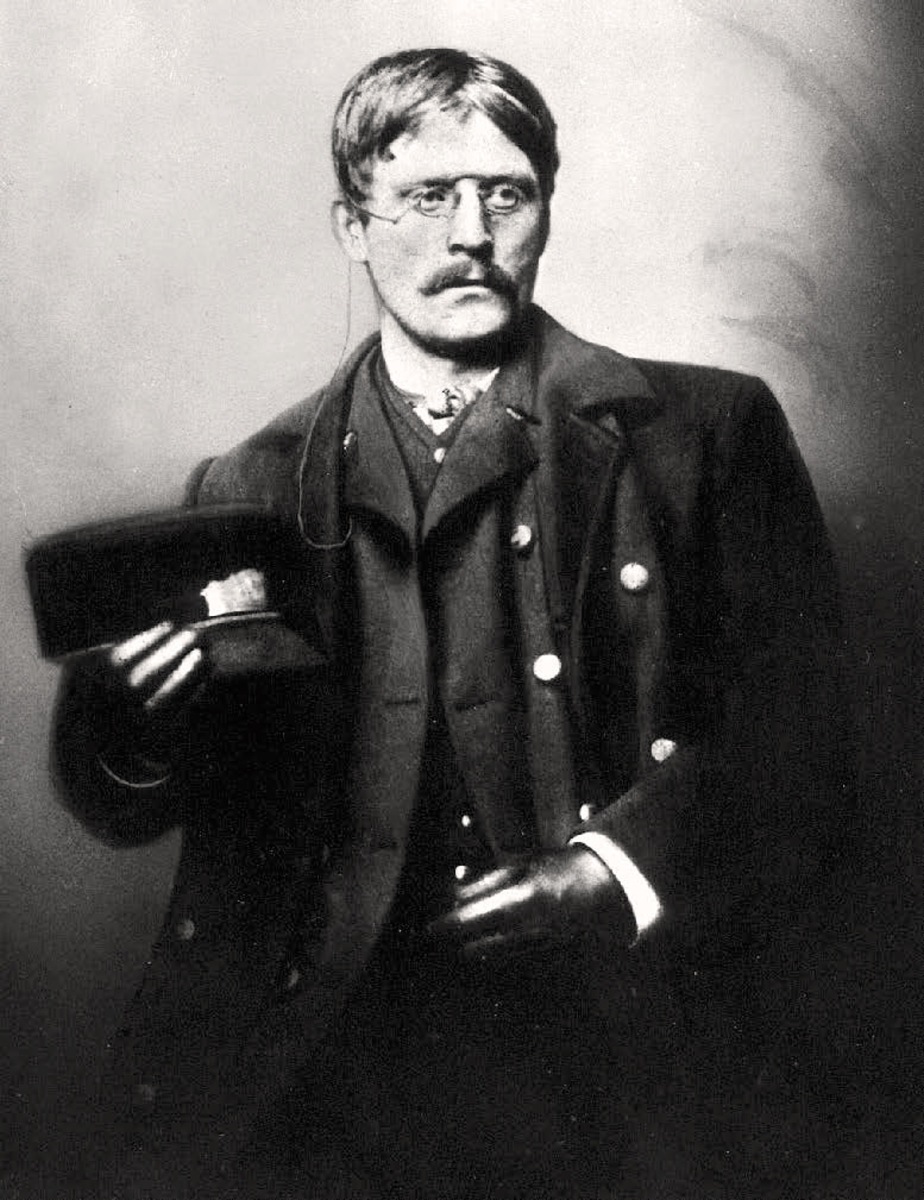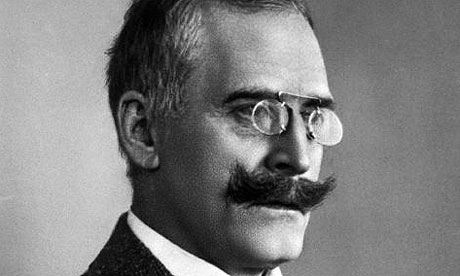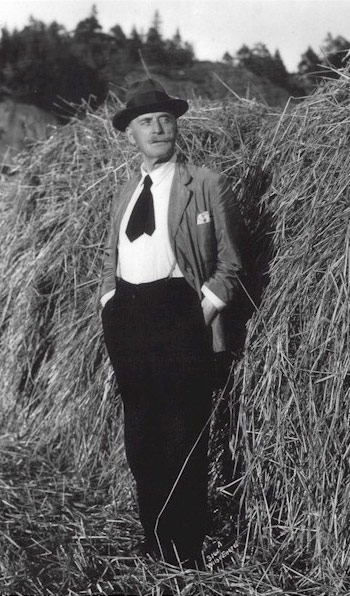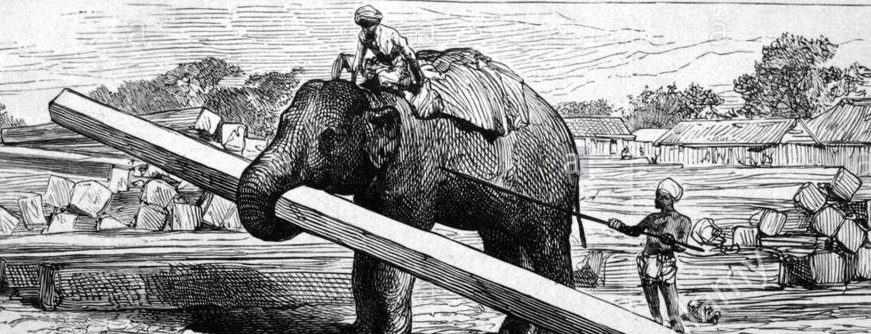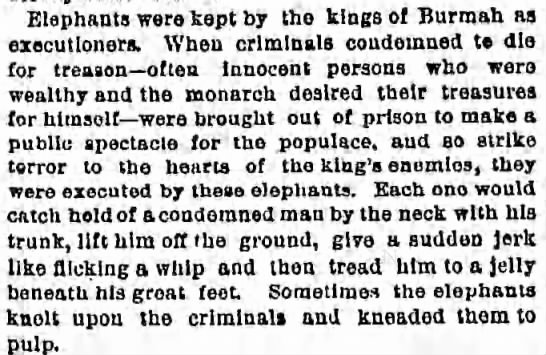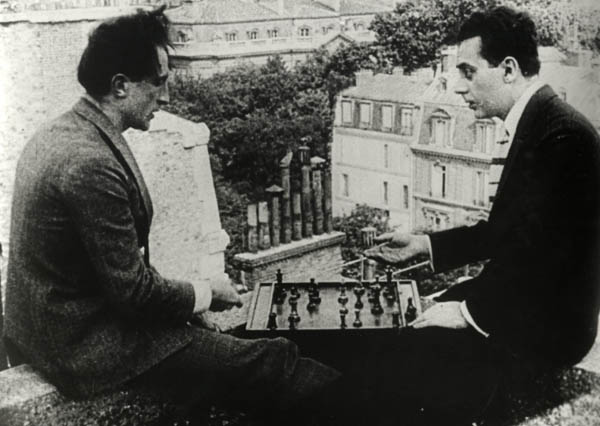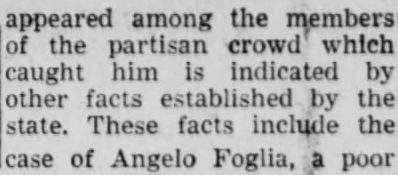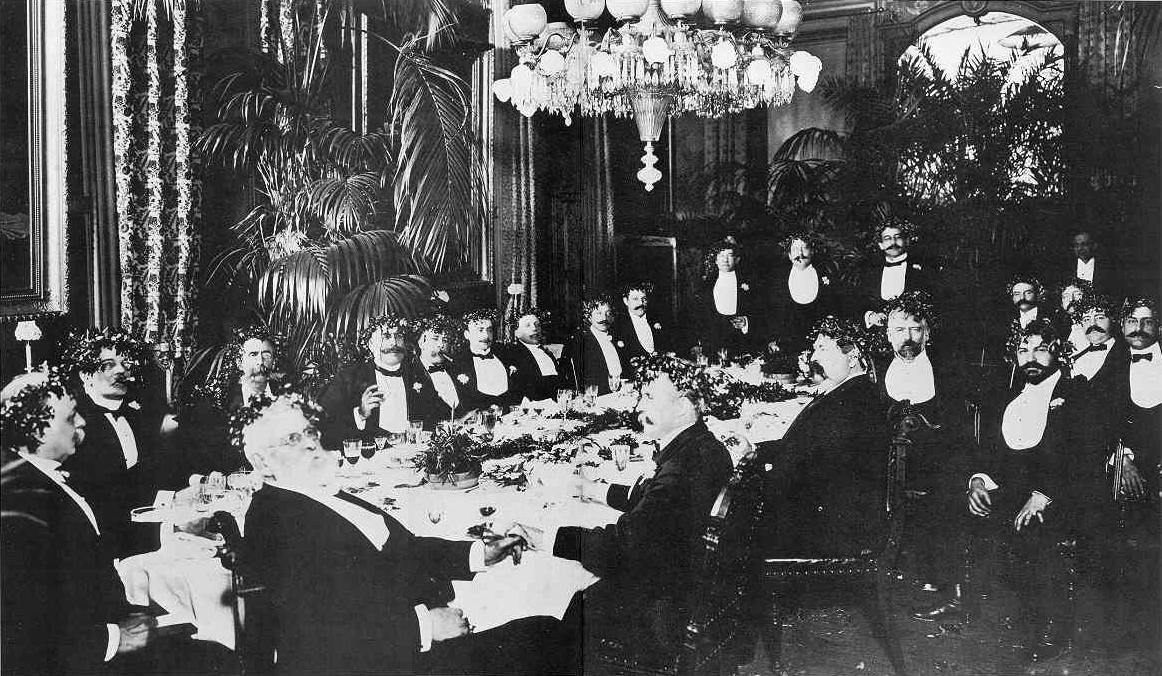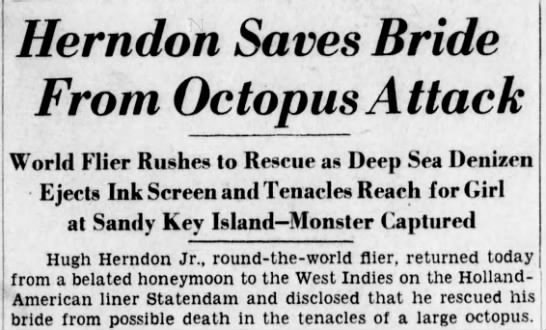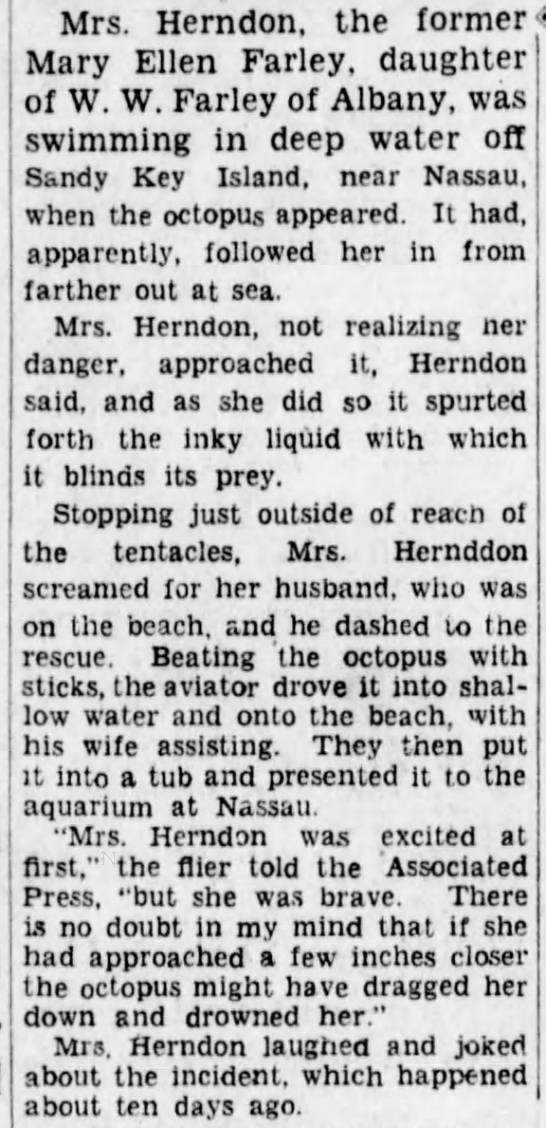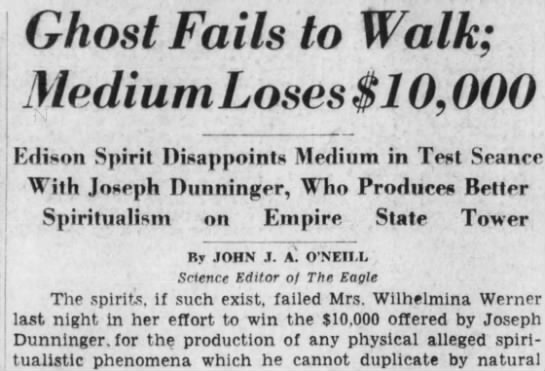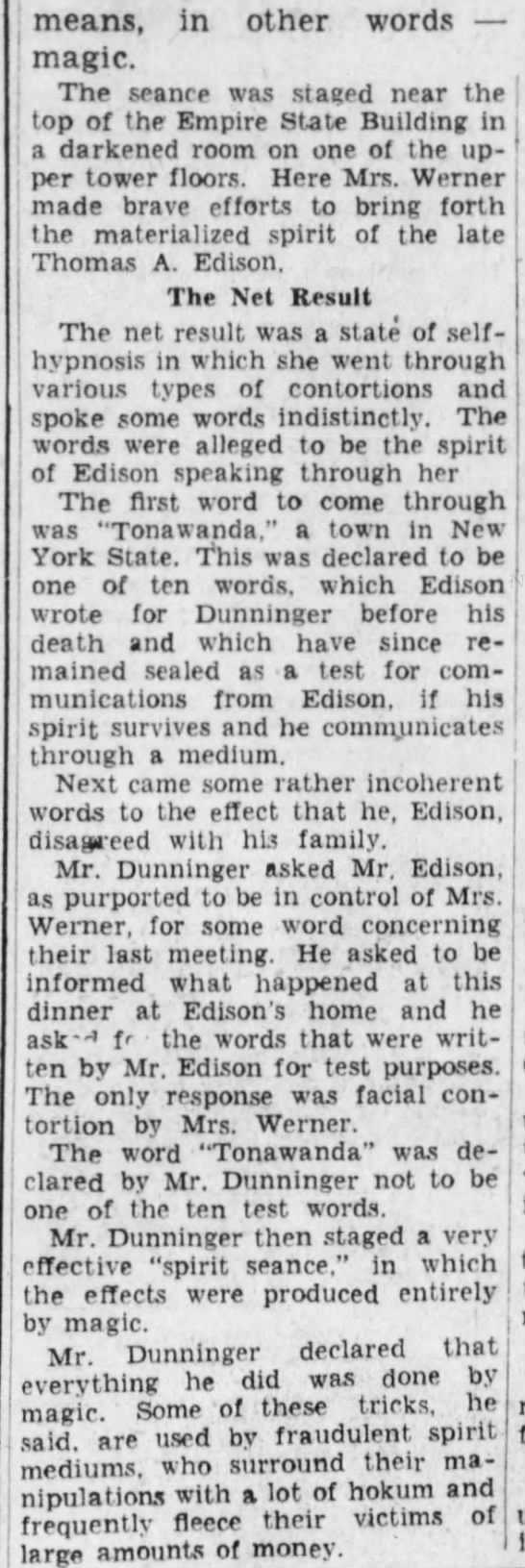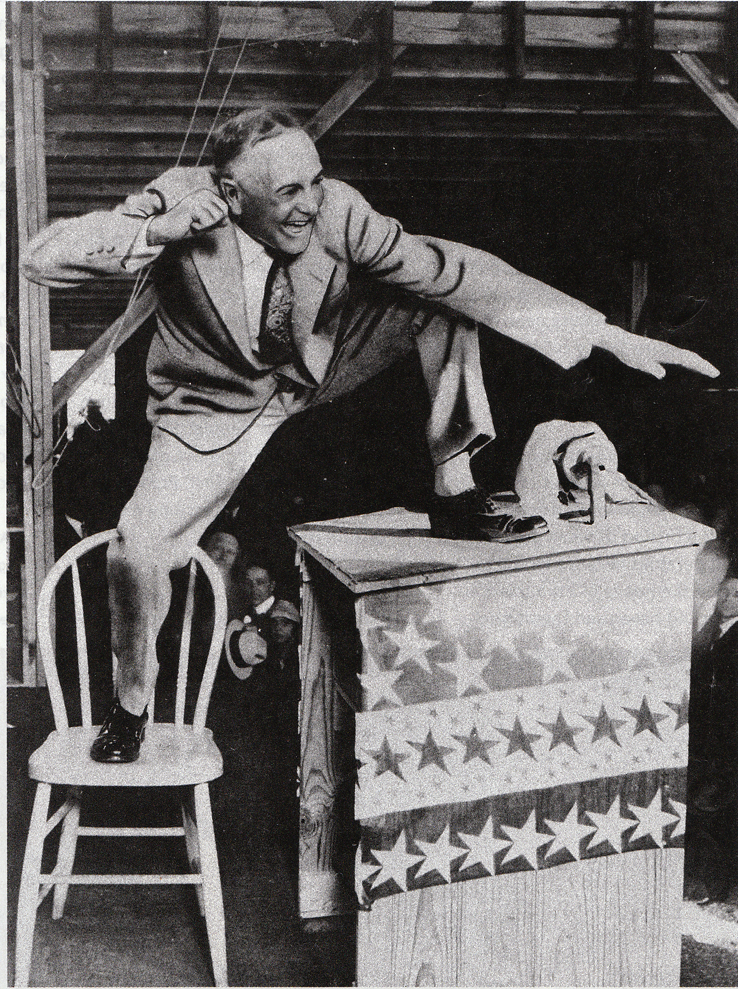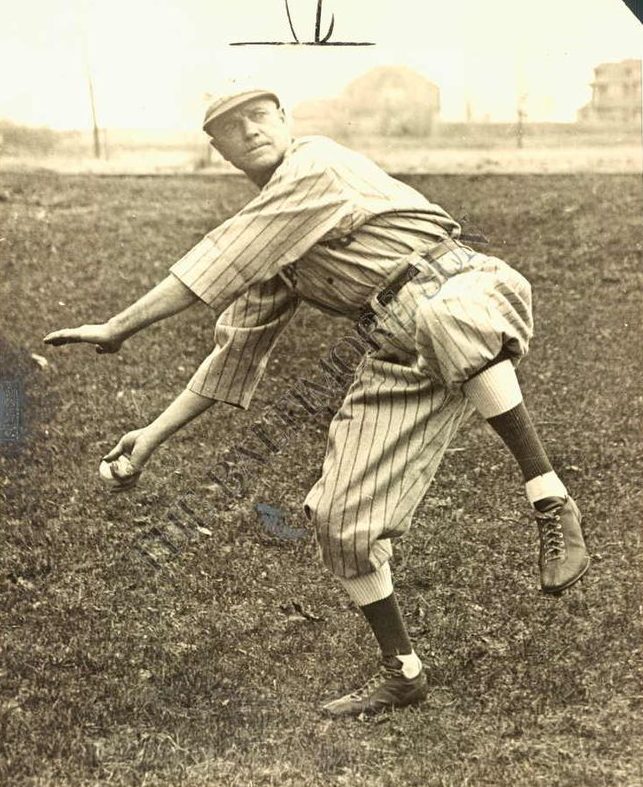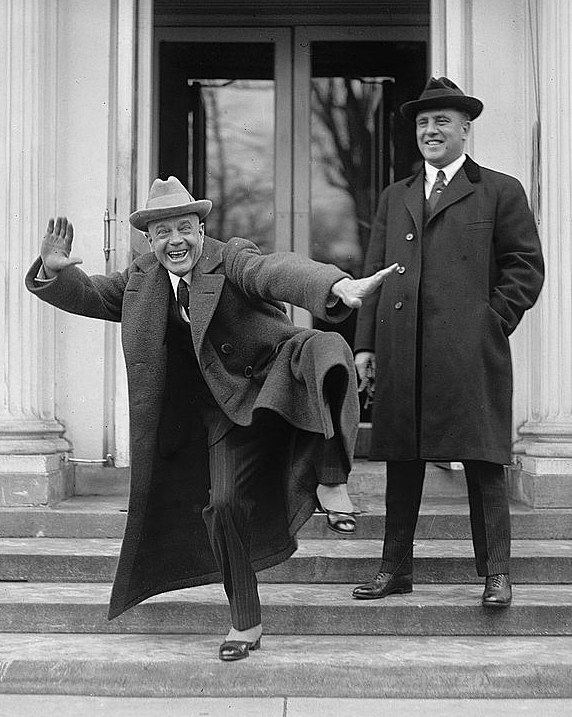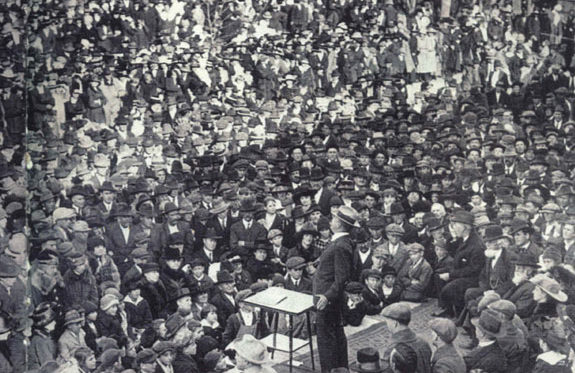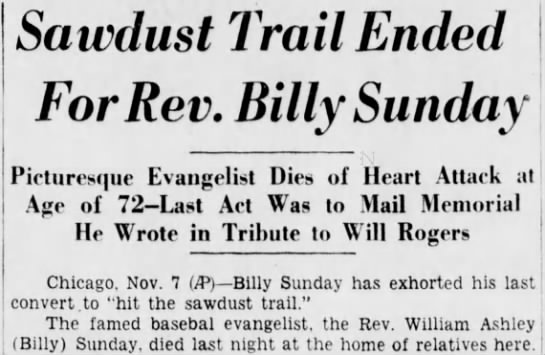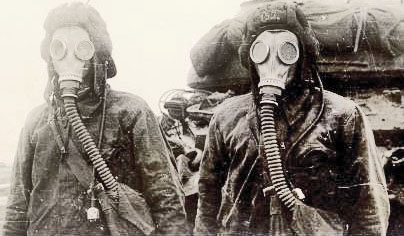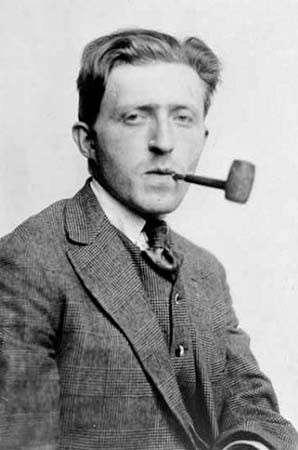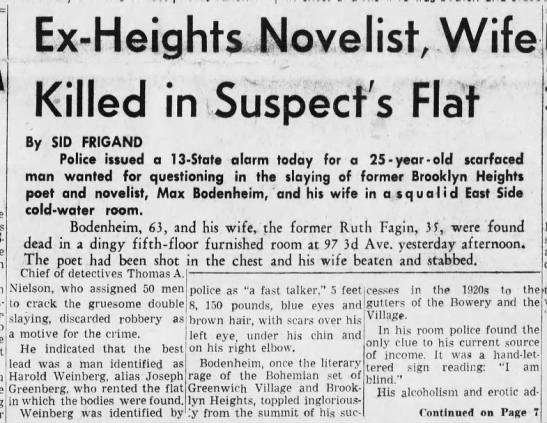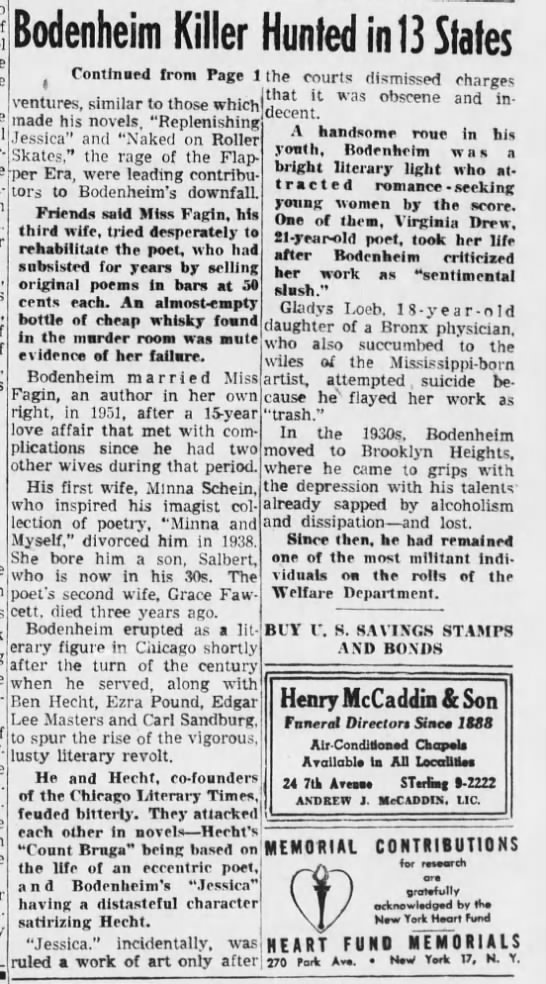No one has ever told a bigger lie than F. Scott’s Fitzgerald with his oft-quoted whopper: “There are no second acts in American lives.” There have always been second acts and many more after that. I mean, not if you drink yourself to death, but for anyone who waits out the bad times with good humor.
Bat Masterson was many things in his 67 years–buffalo hunter, Army scout, sheriff, gambler, boxing manager, etc.–until he was one final thing in his dotage: a New York City newspaper sportswriter. He died an ink-stained wretch at an editor’s desk, not a gunslinger in a saloon. The report of his death from the October 26, 1921 New York Times:
William Barclay Masterson, better known as Bat Masterson, sporting writer, friend of Theodore Roosevelt and former sheriff of Dodge City, Kan., died suddenly yesterday while writing an article at his desk in the office of the The Morning Telegraph. He had been connected with the paper for more than ten years, and for the last few years had been one of its editors.
At one time Masterson was said to have been the best known man between the Mississippi and the Pacific Coast, and his exploits and his ability as a gun fighter have become part of the tradition of the Middle West of many years ago. He was the last of the old time gun fighters.
He was born in Iriquios County, Ill., in 1854, the son of a farmer who came originally from St. Lawrence County, N.Y. Little more than a boy, Bat, his rifle across his knees, left the farm and rode into the then Fort Dodge and joined a party of buffalo hunters. Then his actual career began, and probably more weird and bloodthirsty tales have been written about him than of nearly any other man. His fights, however, were in the cause of justice, and he was one of a group of gunfighters who made that part of the country unhealthy for the bad men of the period.
While in the frontier town Bat heard one day that his brother had been killed across the street. Bat headed over. What happened he thus told later on the witness stand:
“The cowboys had been on the range for some time and were drinking. My brother was the Town Marshall. They were carrying six-shooters and he attempted to disarm one of them who was particularly mean. They shot and killed him and they attempted to kill me. I shot and killed them–one at any rate–and shot the other one.”
His second killing was a cowboy named Jim Kennedy, who had come to town seeking the life of the Mayor. Kennedy shot several times through the door of a Mayor’s house and killed a woman. Then Masterson started out to get him. And he did.
One of Masterson’s most famous exploits was the battle of Dobe Walls, when with nine companions he stood off 200 Indians in a siege of 29 days. The attacking force was composed of Arapahoes and Cheyennes. A fortunate accident–the fall of part of the dirt roof of a saloon in which the buffalo hunters were sleeping–prevented the party from being surprised by the Indians and murdered in their sleep, for the attack was not anticipated. In the gray light of a June morning, when the hunters were engaged in restoring the roof, the Indians descended upon them. The hunters abandoned the roof and took to their guns. Time after time the Indian attack was stopped and the enemy driven back to the shelter of a fringe of cottonwoods along the Canadian River.
Masterson was only 18 years old when he joined Lieutenant Baldwin’s civilian scouts under Colonel Nelson A. Miles. He participated in the battle of Red River, where the Indians were commanded by Geronimo, and in other Indian engagements. Masterson lived fifteen years in Denver. There he became interested in pugilism. He went broke backing Charlie Mitchell in his fight with James J. Corbett. He was an official in the fight between Fitzsimmons and Corbett.•
________________________________
Masterson officiating Fitzsimmons–Corbett in 1897:

